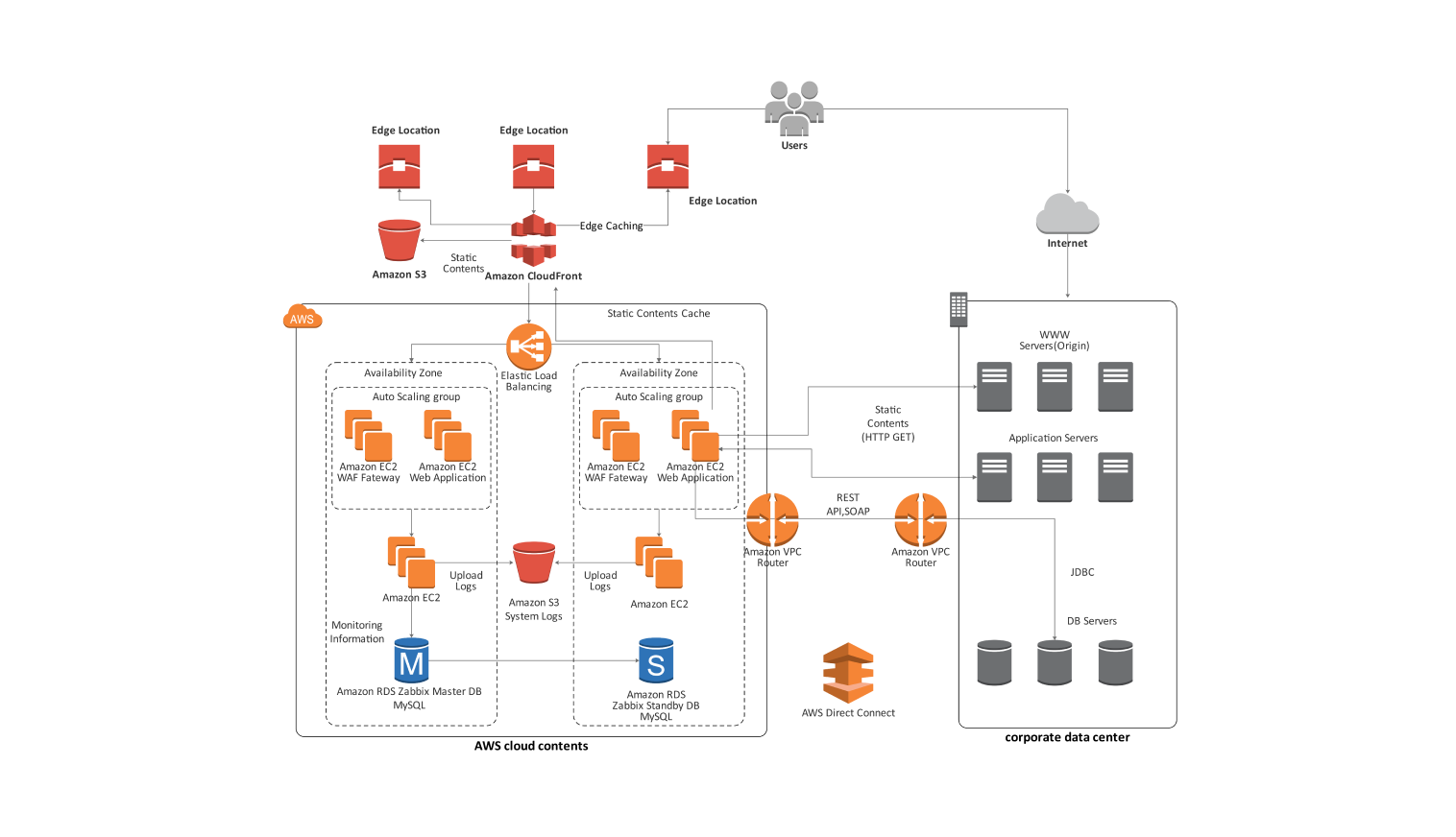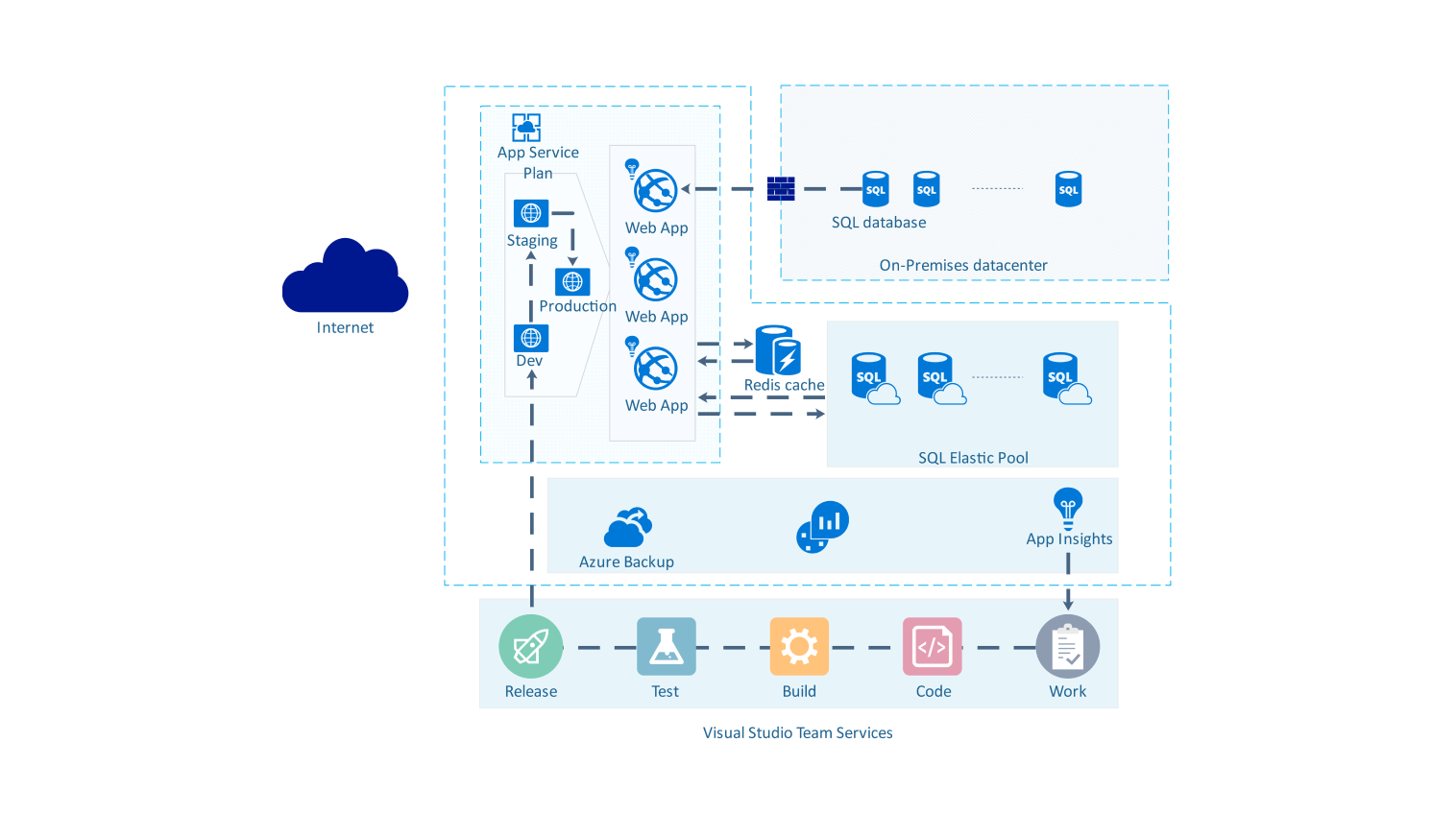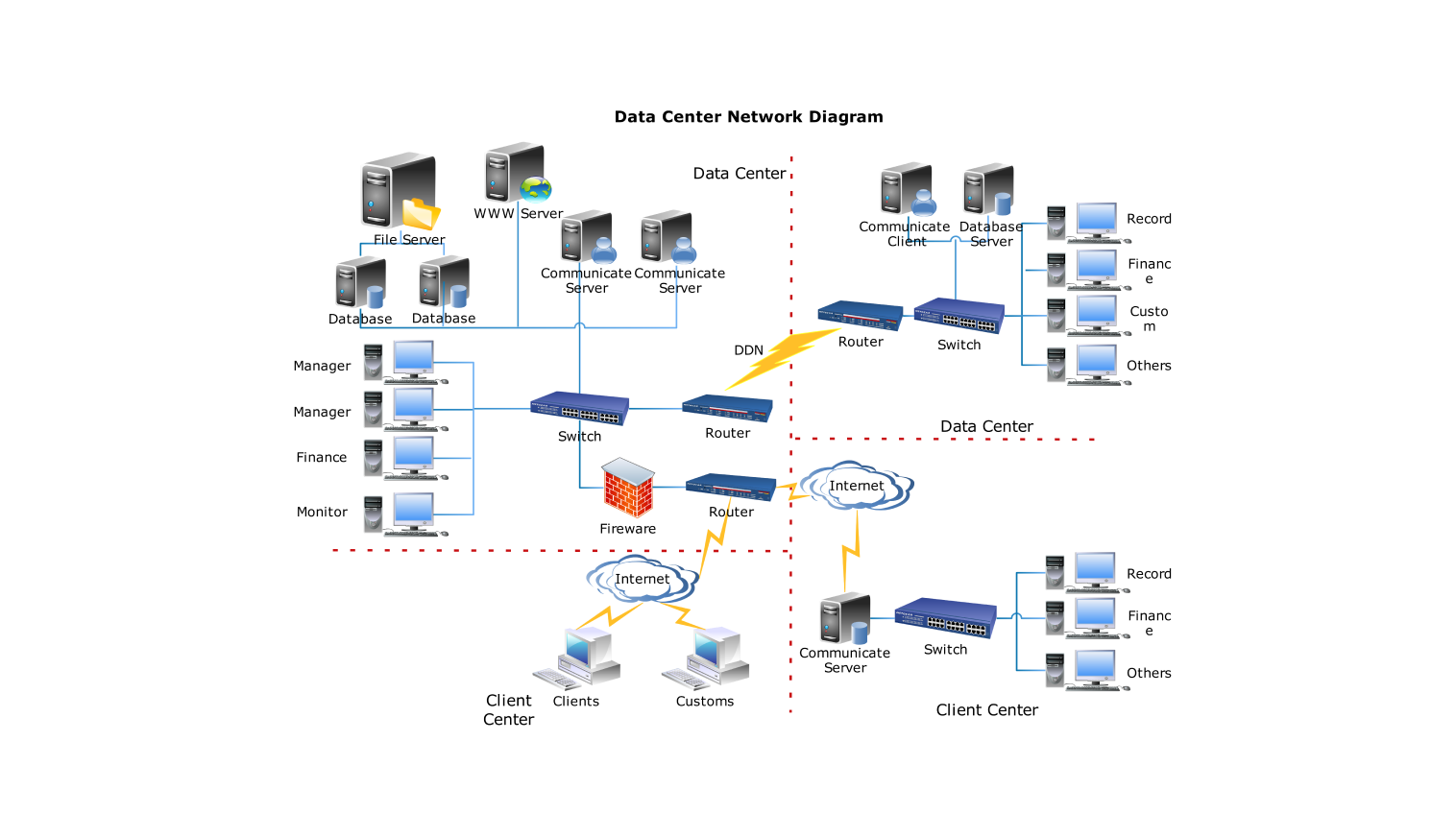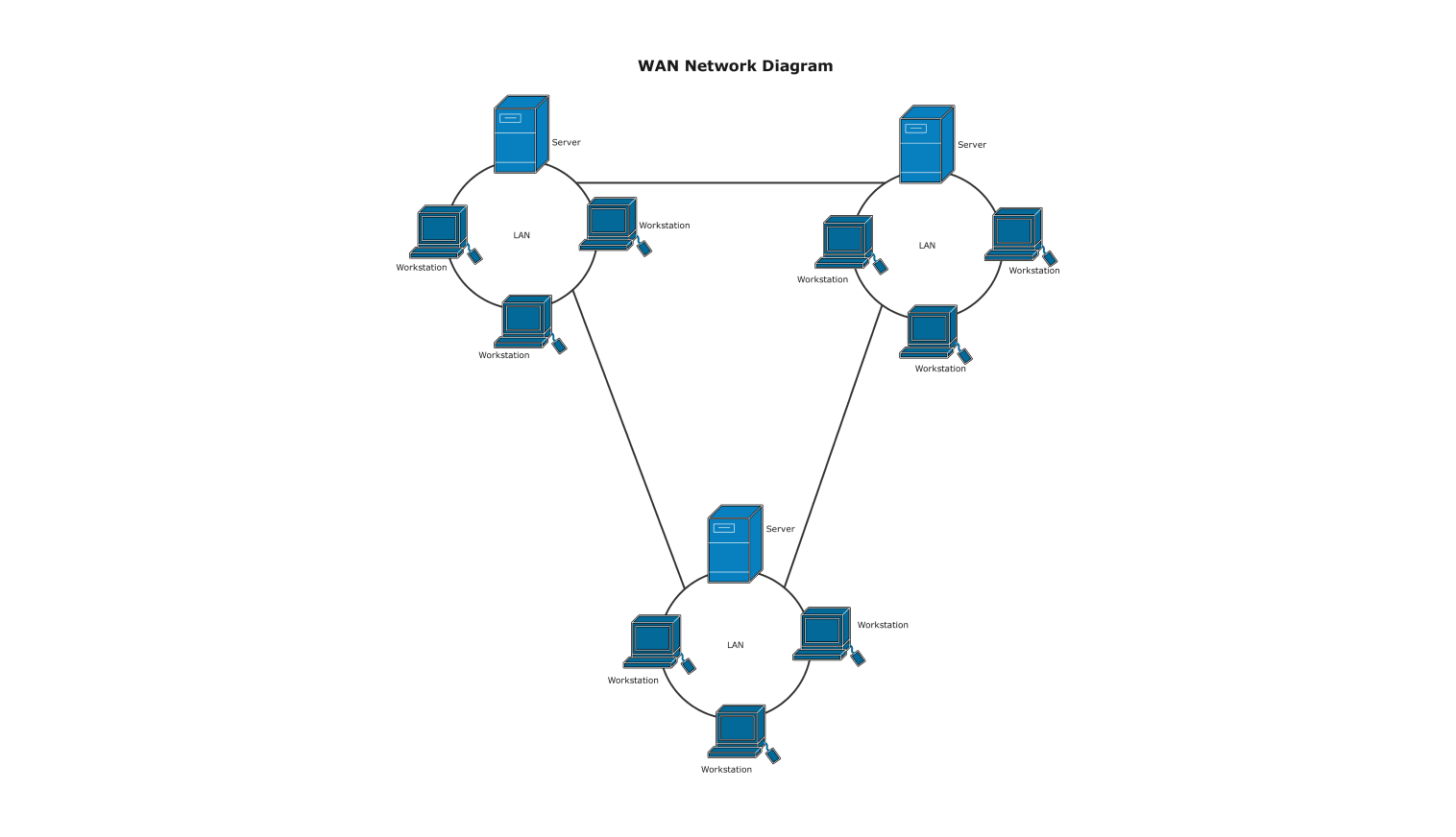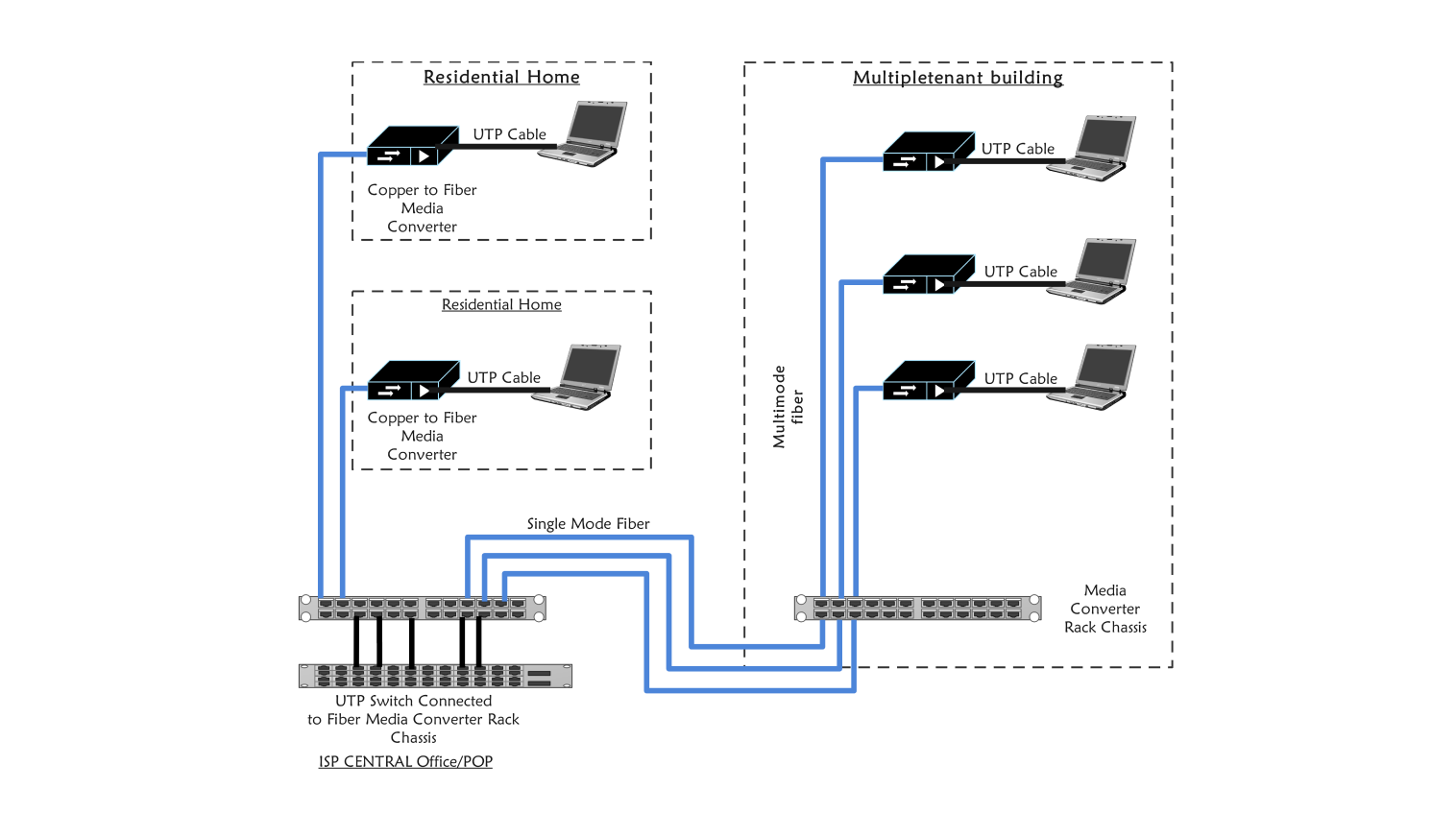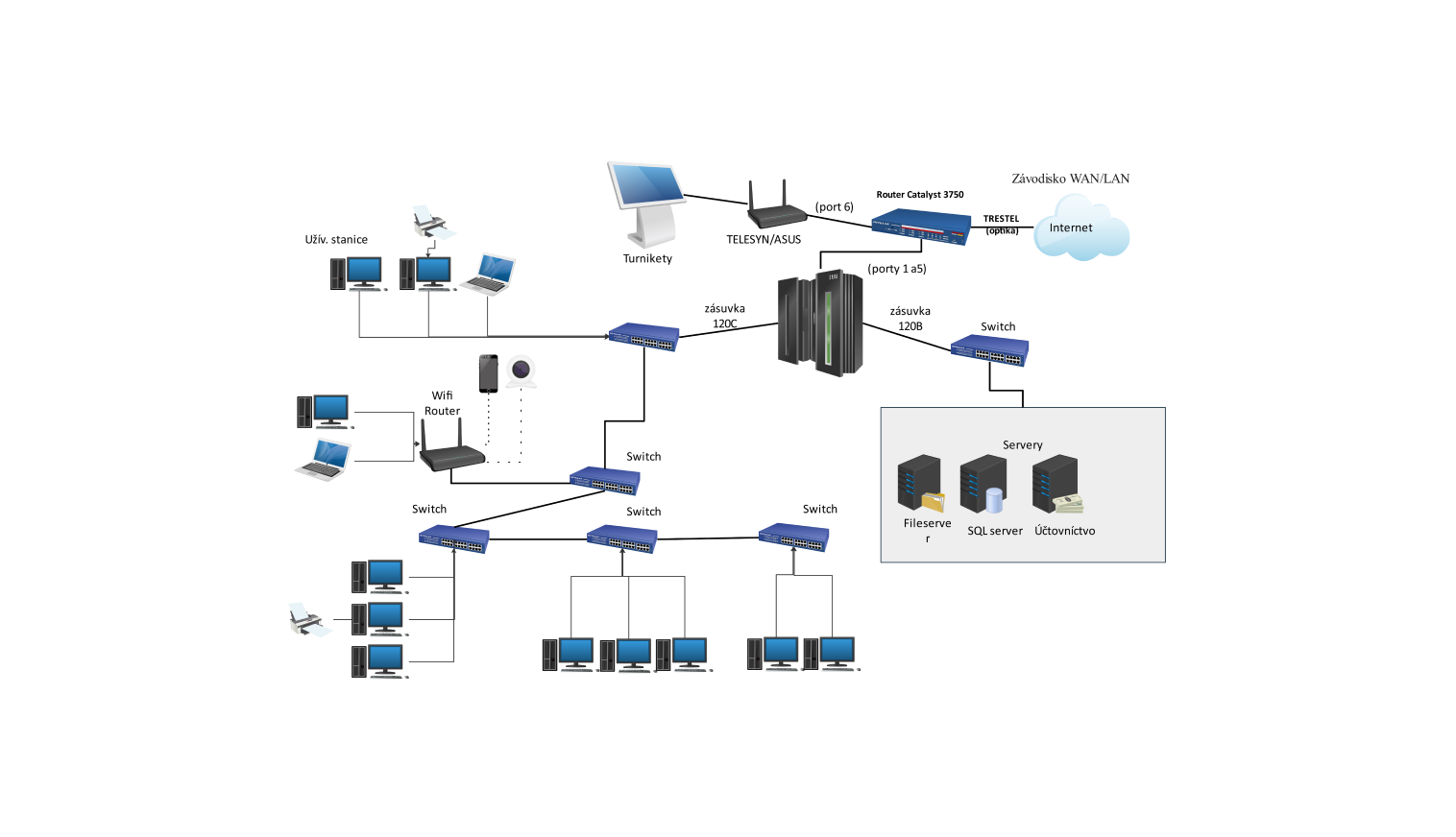- Templates
- Network diagram templates
- Network diagram for AWS web services
About this template
Following is a network diagram illustrating the architecture of Amazon web services. It also describes the various services provided by Amazon Web Service Platform and how users access these services.
Amazon Web Services or AWS for short, is a cloud service provider that provides various cloud services to end-user. Here various users include enterprises and large organizations. Offices, small businesses, and even individual users. Users can access these resources globally, anywhere in the world through the internet.
Various services provided by AWS include Amazon S3 bucket, Amazon EC2 Web application, Amazon EC2 WAF Fate way, Amazon EC2, MySQL, Servers, Amazon VPC router, and support for Edge location and automatic elastic load balancing.
Amazon S3 bucket is a service provided by AWS for cloud-based data storage. It stores data remotely on the cloud in distinct units called objects instead of files. Whether it's an image, file, audio, or even video all these are stored in the form of objects inside the S3 bucket.
Amazon EC2 is a service provided by AWS that provides secure and resizable computing capacity on the cloud. It creates virtual machines on the cloud which can then be accessed globally by users.
Edge Location is a service provided by AWS, through which the data is stored near the location of the generated data. Through this, rather than storing data at a long distance from data generation, through Edge location data is stored near the site. This results in better bandwidth and less time for data retrieval from the cloud.
Load Balancing is a service provided by AWS that balances the traffic coming from different sources to multiple servers. Previously, data traffic used to be concentrated toward a single server. Because of this traffic load used to increase on that server resulting in server downtime. Load balancing redirects all client traffic to all available servers rather than one.
Amazon Web Services also provides an Auto-scaling service through which the platform automatically increases or decreases resources required for the running of an application on the platform.
How to use this template
Click Use this template.
Remove any unnecessary elements from the template, and add the necessary components by searching them from the left side pane.
Edit the text. Resize the components. Style the lines, and text by clicking on the respective elements and choosing your desired styling. You can also save some common elements in your libraries for future use.
After you are finished, export the diagram in various formats. Your options include SVG, PPTX, PDF, or JPG.
Benefits of this template
Through network diagrams, we get a clear visualization of the Amazon Web Service architecture. It helps us understand how our cloud infrastructure is deployed on the platform and the different services provided by the platform. We also get insight into how these services are implemented into the overall cloud infrastructure.
Through network diagrams, we can effectively manage our AWS environment. The diagram also facilitates cloud designers and architectures in designing and troubleshooting any potential Bootle neck that may hinder the performance of the infrastructure. This ensures everything runs smoothly and securely in the cloud.
FAQs about this template
-
What is AWS best used for?
AWS is a cloud-based platform that provides cloud-based services to users. AWS is commonly used by developers, designers, students, and vendors to host their applications on the cloud. AWS also provides networking, storage, computing, and other resources to these applications, ensuring smooth operation for the application.
-
Which language is best for AWS?
AWS offers compatibility for various programming languages ensuring you get diverse options to choose from. Various programming languages compatible with AWS include: 1. Python, 2. Java, 3. JavaScript, 4. C++, 5. C, 6. PHP.
-
How many subnets can be created in VPC?
Currently, you can create up to 200 subnets per VPC. You can submit a request at the support center if you wish to create more.
Related templates
Get started with EdrawMax today
Create 210 types of diagrams online for free.
Draw a diagram free Draw a diagram free Draw a diagram free Draw a diagram free Draw a diagram free